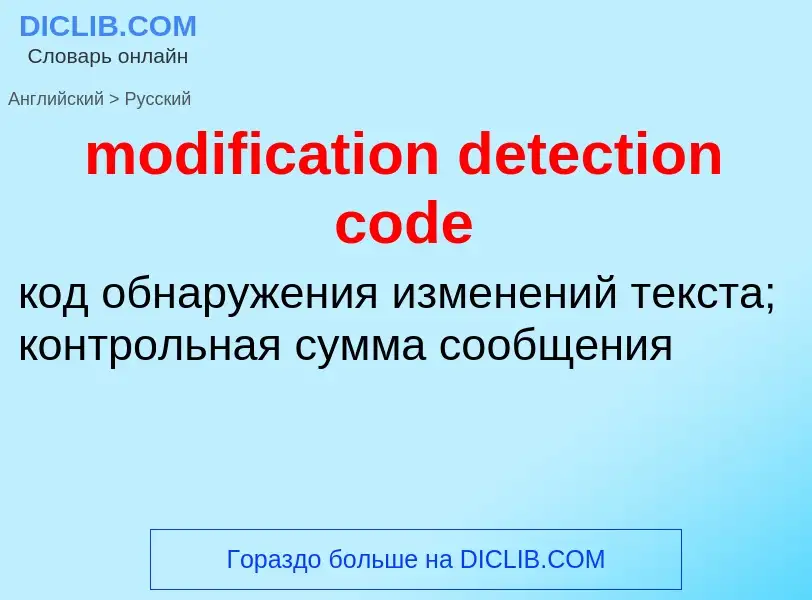Translation and analysis of words by ChatGPT artificial intelligence
On this page you can get a detailed analysis of a word or phrase, produced by the best artificial intelligence technology to date:
- how the word is used
- frequency of use
- it is used more often in oral or written speech
- word translation options
- usage examples (several phrases with translation)
- etymology
modification detection code - translation to russian
общая лексика
посттрансляционная модификация
Definition
Wikipedia
A cryptographic hash function (CHF) is a hash algorithm (a map of an arbitrary binary string to a binary string with fixed size of bits) that has special properties desirable for a cryptographic application:
- the probability of a particular -bit output result (hash value) for a random input string ("message") is (like for any good hash), so the hash value can be used as a representative of the message;
- finding an input string that matches a given hash value (a pre-image) is unfeasible, unless the value is selected from a known pre-calculated dictionary ("rainbow table"). The resistance to such search is quantified as security strength, a cryptographic hash with bits of hash value is expected to have a preimage resistance strength of bits. A second preimage resistance strength, with the same expectations, refers to a similar problem of finding a second message that matches the given hash value when one message is already known;
- finding any pair of different messages that yield the same hash value (a collision) is also unfeasible, a cryptographic hash is expected to have a collision resistance strength of bits (lower due to the birthday paradox).
Cryptographic hash functions have many information-security applications, notably in digital signatures, message authentication codes (MACs), and other forms of authentication. They can also be used as ordinary hash functions, to index data in hash tables, for fingerprinting, to detect duplicate data or uniquely identify files, and as checksums to detect accidental data corruption. Indeed, in information-security contexts, cryptographic hash values are sometimes called (digital) fingerprints, checksums, or just hash values, even though all these terms stand for more general functions with rather different properties and purposes.



